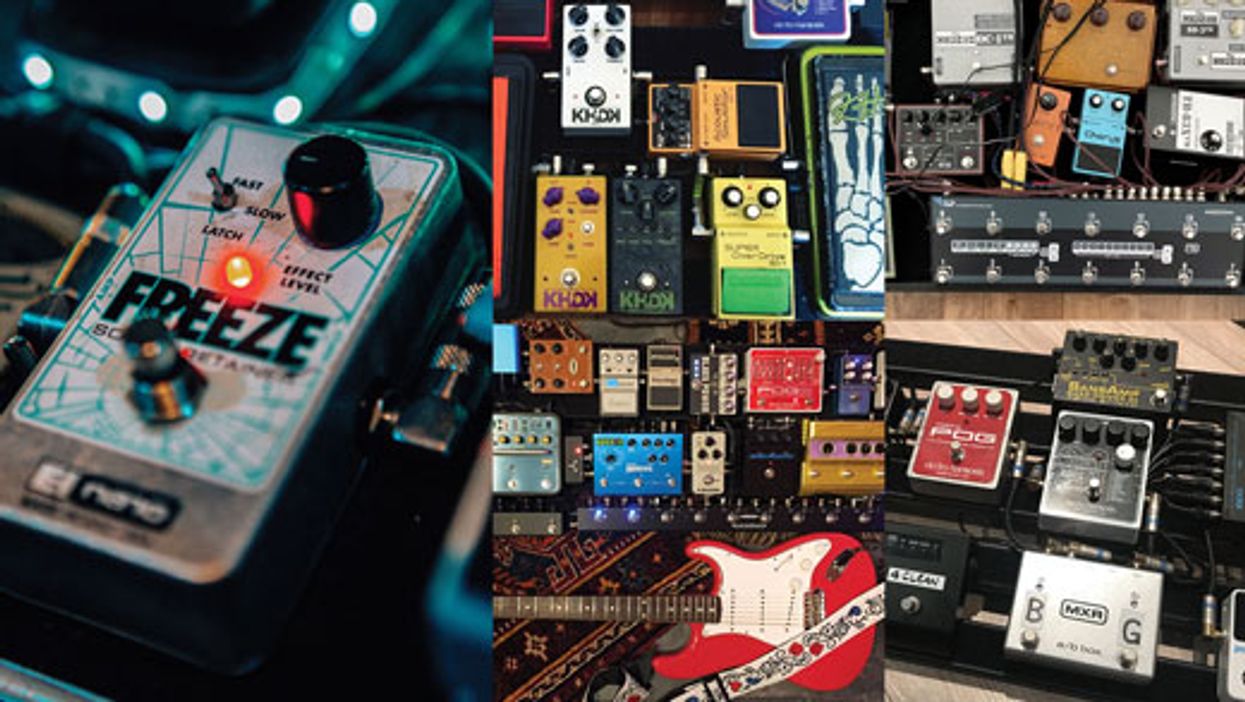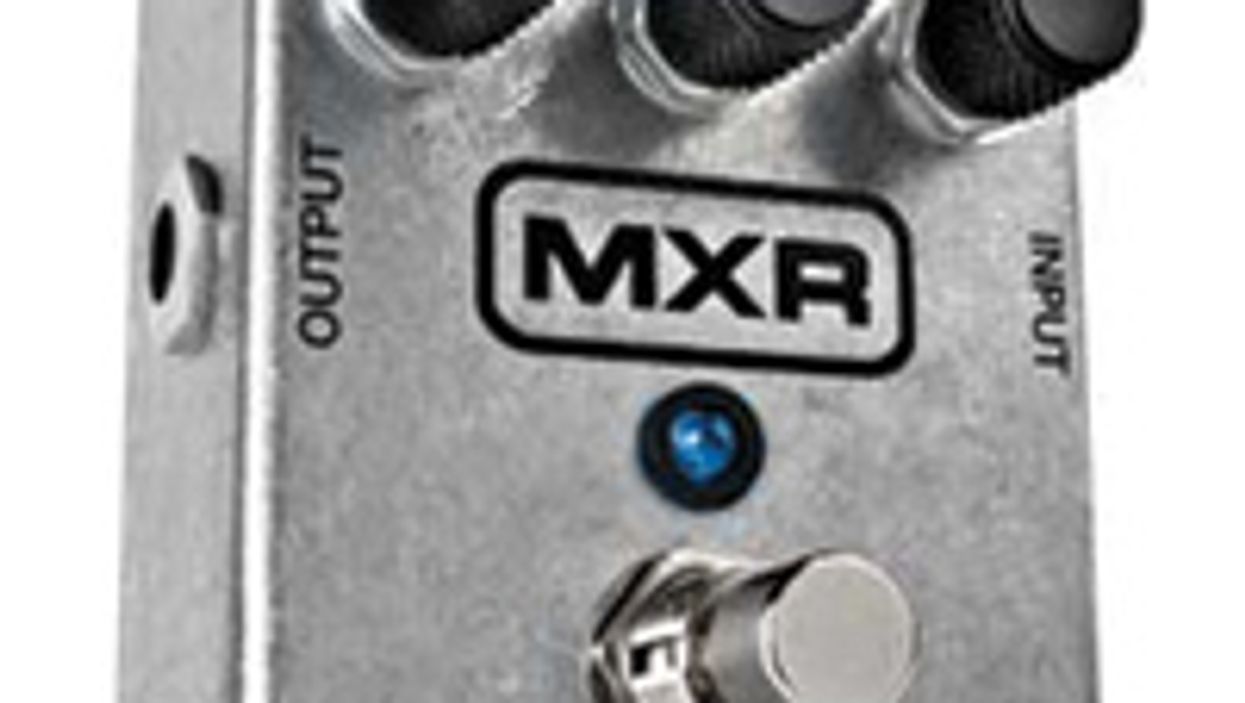Search
Latest Stories
Start your day right!
Get latest updates and insights delivered to your inbox.
pedal-reviews-stompboxes-modulation-delay-overdrive-compressor-distortion-fuzz-wah
Don’t Miss Out
Get the latest updates and insights delivered to your inbox.
Recent
load more

